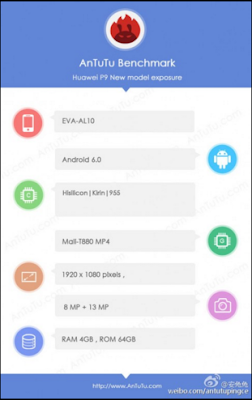A couple of weeks ago OnePlus started soak testing its update to Android 6.0 Marshmallow for the OnePlus 2 with a few users to check for bugs and whatnot. That test was not an open one, but things have changed now.
Starting today you too can download and try a beta build of Marshmallow for the OnePlus 2, namely OxygenOS 3.0. You do need to manually flash it though, because it's not available as an over-the-air update. That's because the Chinese company wants to make sure all possible kinks have been ironed out by the time the OTA rollout starts. The good news is that this build will receive OTA updates, so when the final Marshmallow build hits the OnePlus 2 you'll get it too even if you've decided to test the beta.
You can find the download page for the test build over here. The new software comes with all the goodies that Google packed into the Marshmallow release, of course, but also a new OnePlus Camera UI, a new wallpaper picker, better Shelf UX, general performance improvements, faster fingerprint scans, improved Settings menu readability, as well as the March security patches. Full flashing instructions can be found at the Source link below.
















